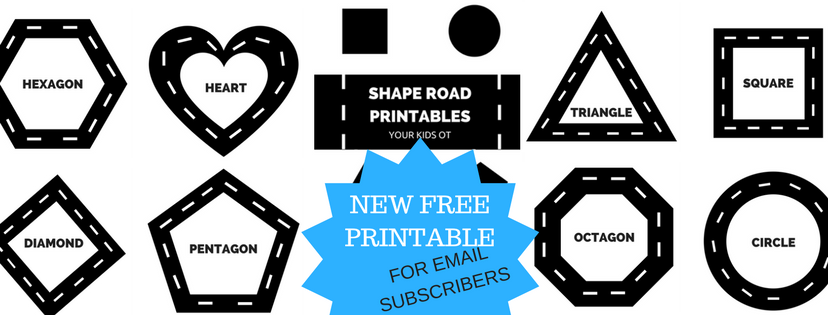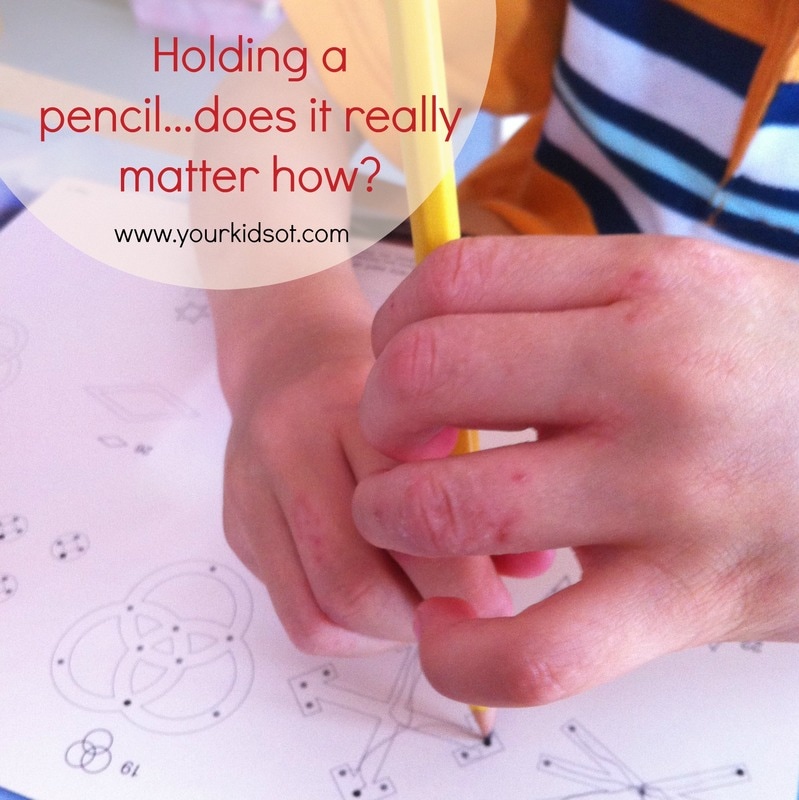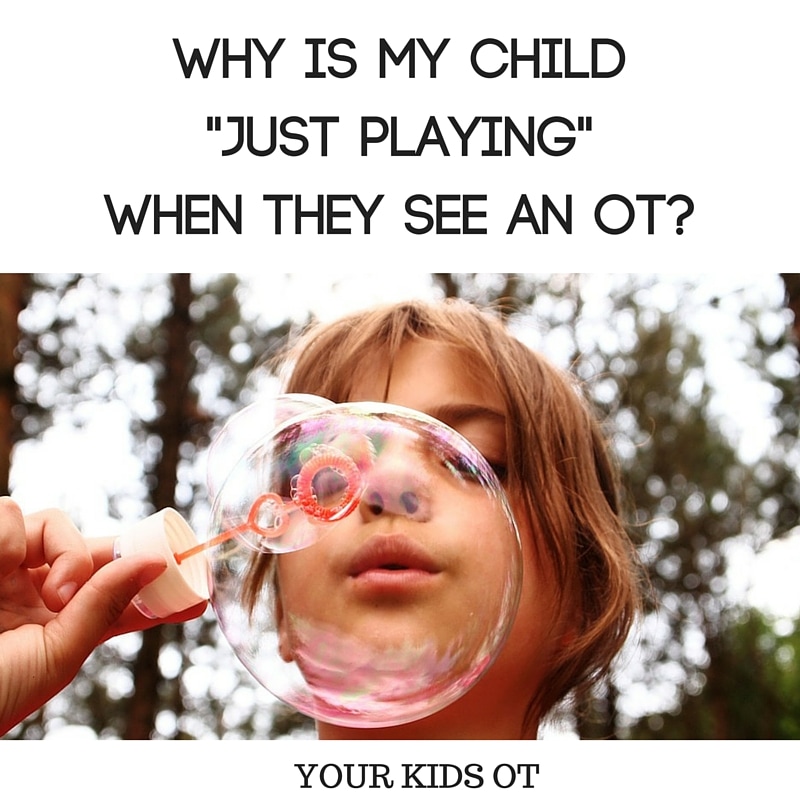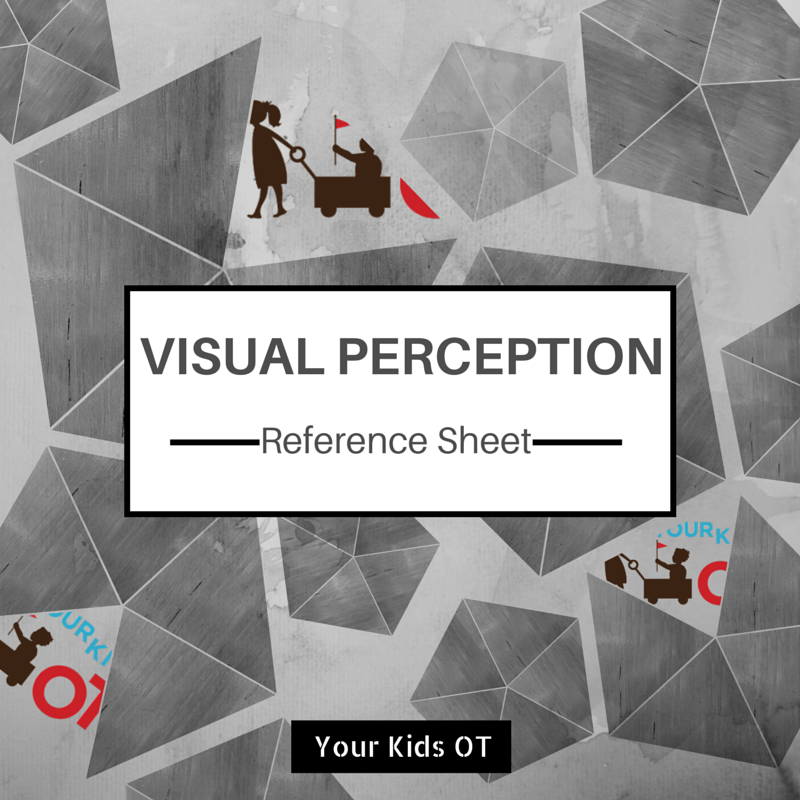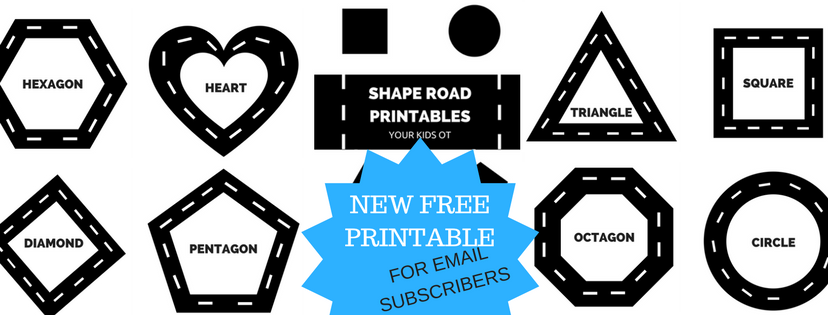|
With so many children learning from home right now, what are your options for setting up your child for activities? How should they position themselves for a zoom session? What if they can't reach the floor when seated at the dining room table? Posture, body position, CHANGE of body position are important for children to enable them to concentrate and develop good habits. Children will not function well (or even comply) to sitting at a table for hours continuously. At school, your child experiences lots of changes to their position depending on the tasks they are doing. They may spend some time sitting on the floor, seated a desk, walking in the hallways, playing outside or they may even have flexible seating options in their classroom. Opportunities for incidental movement and brain breaks are important for the school environment (read more about brain breaks in the classroom HERE) and home learning environment too! Flexible seating at home whether your child is doing online learning, homework or in the preschool age-group is worth considering! General principles for flexible seating at home. 1) Beds are for sleeping. Where possible, don't do school work or activities in bed. Beds are for sleeping and there should be some separation between sleep and work or even sleep and play. There is evidence for this separation in adults; that working in bed decreases productivity and affects sleep patterns. Children often play on their bed, however you can encourage some time between play and the bedtime routine to help with the delineation between play and sleep. 2) Consider the task.
3) What body positions help your child's development?
4) How long will they spend doing the task? Allow for various body positions, various seating options and opportunities for movement. This will make it interesting and engage your child for learning. 5) Flexible seating does not equal "container seating". Children of all ages need movement and can benefit seating that supports there posture. Babies and toddlers should be encouraged to develop their muscles and strength (with a parent). "Container seating", that is leaving a baby or toddler in a contained position (eg. pram, high chair, bouncer, etc) for extended periods of time should be avoided. Other considerations .... this is obvious, but consider your child's age and physical size. Obviously a teenager would struggle to sit in a laundry basket and a toddler would struggle to sit on a ball independently! Body positions There are so many options for HOW your child can position themselves!
Note: "W"-sitting should be avoided or not prolonged. This position is where you see children place their heels behind them and their legs are rotated so that they form a "W". Children who have difficulty with trunk control and crossing the midline will use this position for stability. There are a number of concerns with prolonged W-sitting as it can result in hip muscle tightness (affecting walking and running), prevents trunk rotation and midline crossing. In some cases, it may predispose children to hip dislocation (especially if there is a history of hip dysplasia). Flexible Seating Options at Home
Specialized Equipment Options (The following contains affiliate links to the YKOT Amazon store so that you can see what these equipment options look like). Children who are experiencing developmental delays, sensory modulation difficulties, attention deficient or hyperactivity disorders may also consider specialized equipment options. These options may provide extra physical support, sensory input or movement. Are you doing home learning at the moment? Have you thought about flexible seating options in your home? 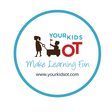 Cindy is a registered occupational therapist practising in Sydney, Australia. She has two growing children who are a constant source of inspiration and learning. Cindy loves working creatively to help children to reach their potential, finding opportunities in everyday living and making learning fun. She is also addicted to making printables (even when they take a long time to complete). Cindy is the author of the Occupational Therapy blog Your Kids OT. Read more articles from Your Kids OT at https://www.yourkidsot.com/blog Cindy is a member of the Functional Skills for Kids Therapy Team. They have together published THE HANDWRITING BOOK, THE SCISSORS SKILLS BOOK and THE TOILETING BOOK. The information on this site is general in nature. The activities are safe for most children, however, you should consult an Occupational Therapist or health professional to address specific movement, sensory or other medical conditions. Affiliate links are used throughout this website to promote recommended products. Your Kids OT receives a small commission if any purchases are made through these links. Please see my disclosure policy for more details. Amazon Store: https://www.amazon.com/shop/yourkidsot YKOT shop: https://www.yourkidsot.com/store/c1/Featured_Products.html Teachers Pay Teachers: https://www.teacherspayteachers.com/Store/Your-Kids-Ot You Tube Channel: https://www.youtube.com/channel/UCZUz_5nYEOCkj32DiOCQo4Q/featured Facebook: https://www.facebook.com/yourkidsot Instagram: https://www.instagram.com/yourkidsot/ Pinterest: https://www.pinterest.com.au/yourkidsot/ You may also like: Comments are closed.
|
AuthorHi, I'm Cindy and I am an Occupational Therapist. I enjoy working creatively with children to see them reach their potential. Read more about me here. SEARCH THIS SITE
Archives
June 2024
Categories
All
Popular Posts |
Join the YKOT e-newsletter!
Subscribe to get our latest content by email and receive
the SHAPE ROADS PRINTABLE NOW!

Success! Now check your email to confirm your subscription and receive your free printable!
Join our Mailing List!
Subscribe to get our latest content by email and receive
the SHAPE ROADS PRINTABLE NOW as a thankyou!

Success! Now check your email to confirm your subscription and receive your free printable!
Disclaimer: The information on this site is general in nature and should be used for educational and entertainment purposes. The activities are safe for most children, however, you should consult an Occupational Therapist or health professional to address specific movement, sensory or other medical conditions. This blog does not replace formal therapeutic professional advice given by a health professional or medical practitioner. Reviews and endorsements of products will only be made based on my expertise and personal opinion; and deemed worthy of such endorsement. The opinions shared in sponsored content will always be my own and not that of the advertising company or brand. Content, advertising space or posts will be clearly identified if paid, affiliated or sponsored. Affiliate links may be found throughout this website in advertising. This means that if you follow through with a purchase from these links, Your Kids OT will receive a percentage of the sale. Your Kids OT undertakes to meet the requirements of the "Social Media Policy" as published by Australian Health Practitioner Regulation Agency (AHPRA). Further information about this policy can be found here.
Find meFollow me |
About me
AuthorHi, I'm Cindy and I am an Occupational Therapist. I enjoy working creatively with children to see them reach their potential. Read more about me here. |
Copyright © 2017 Your Kid OT

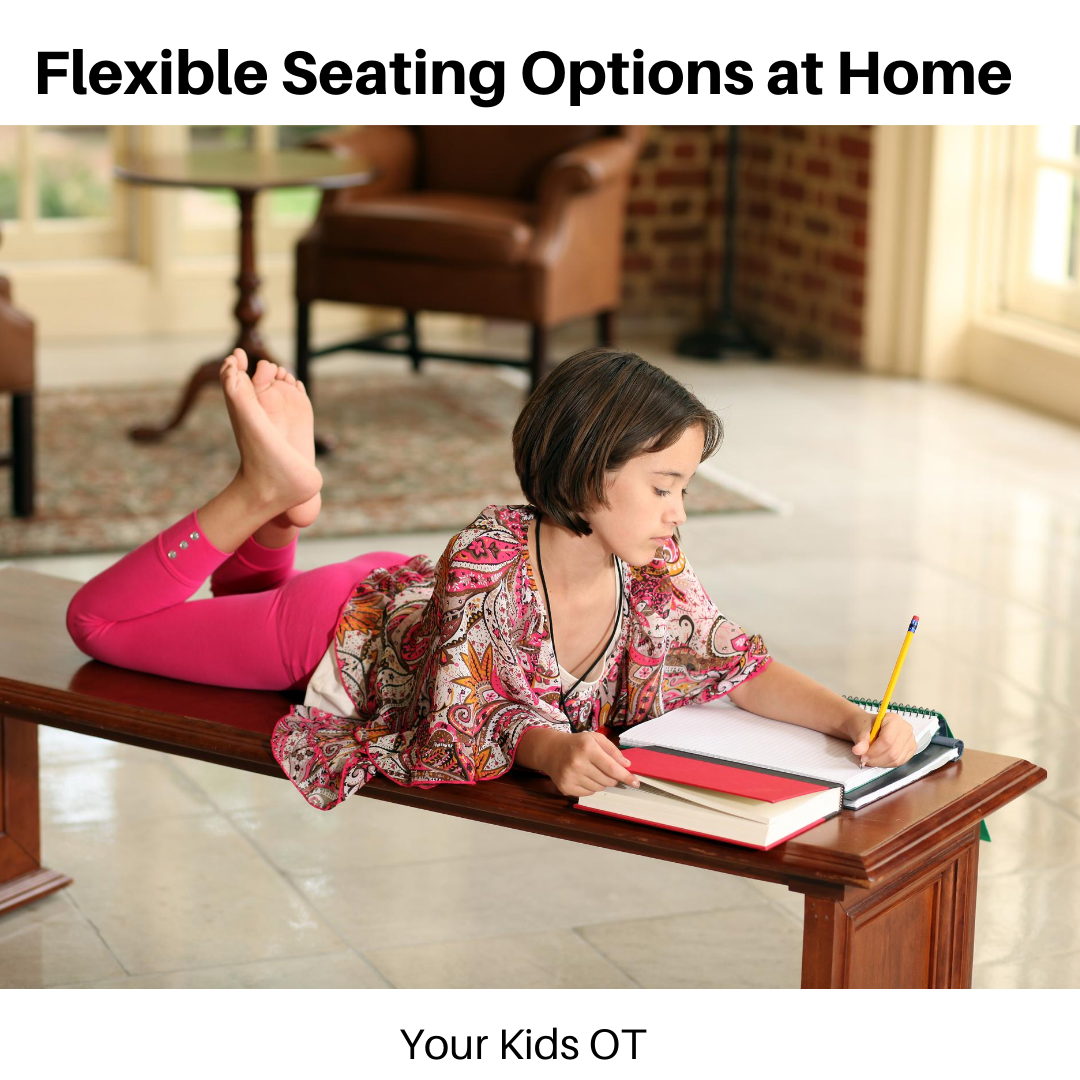
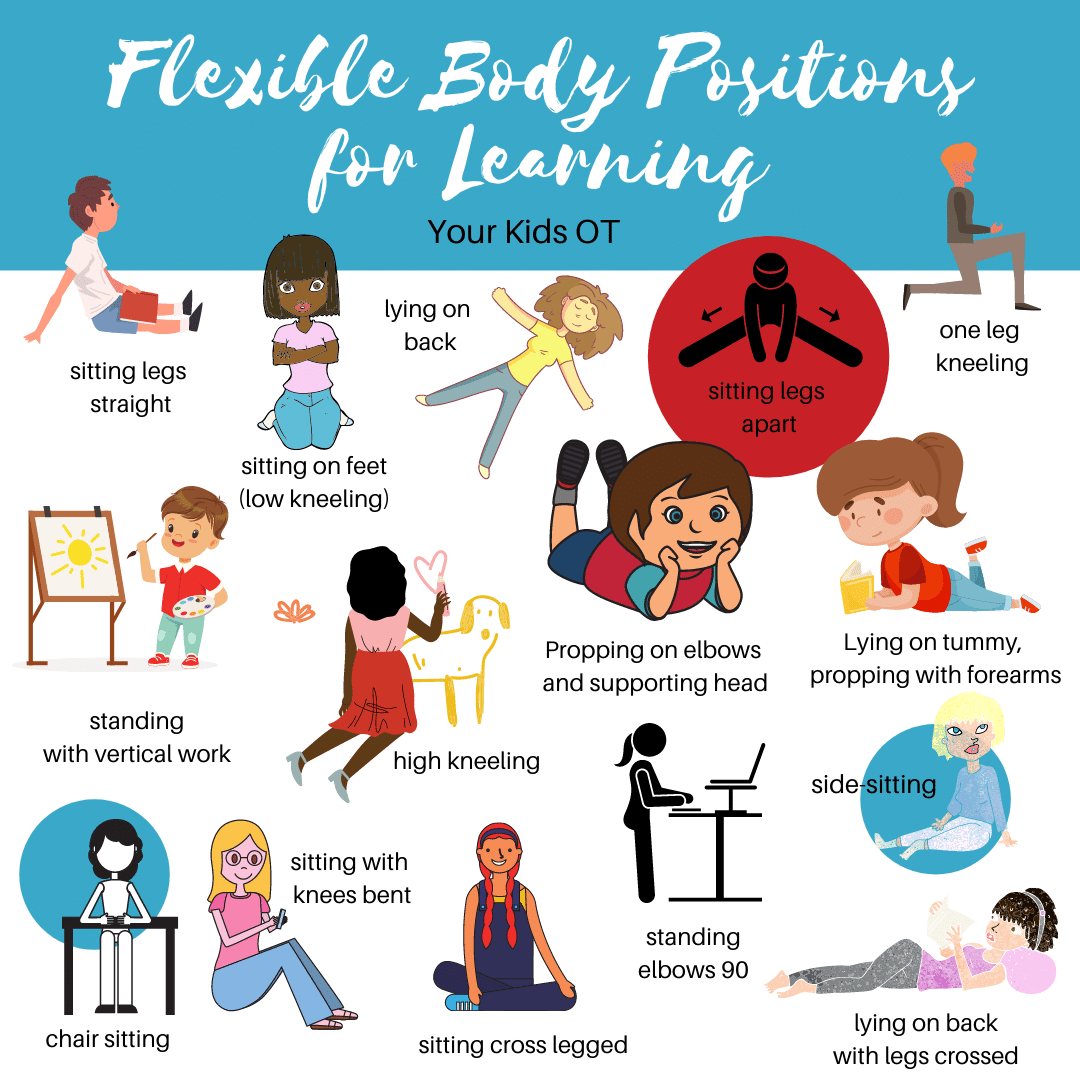
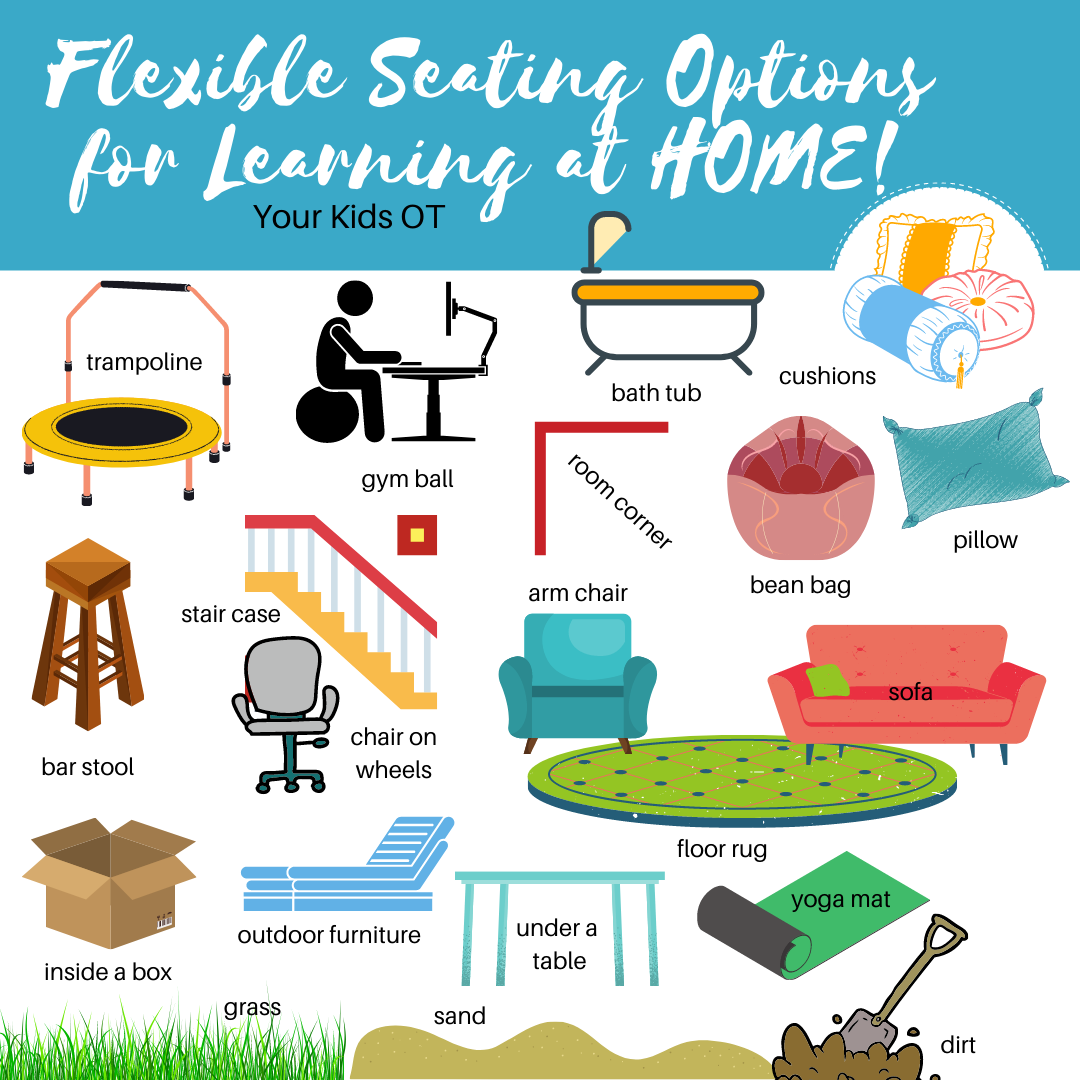
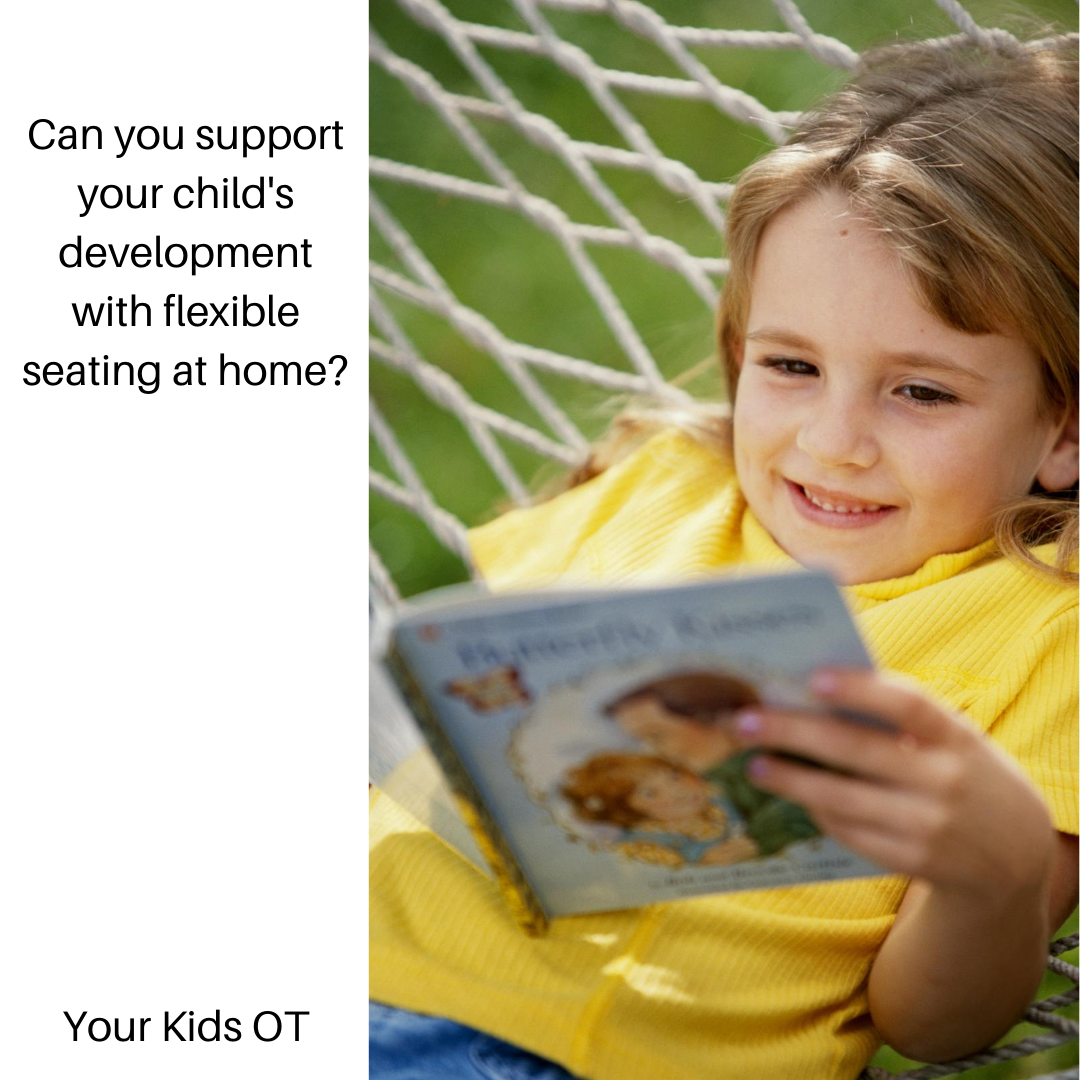

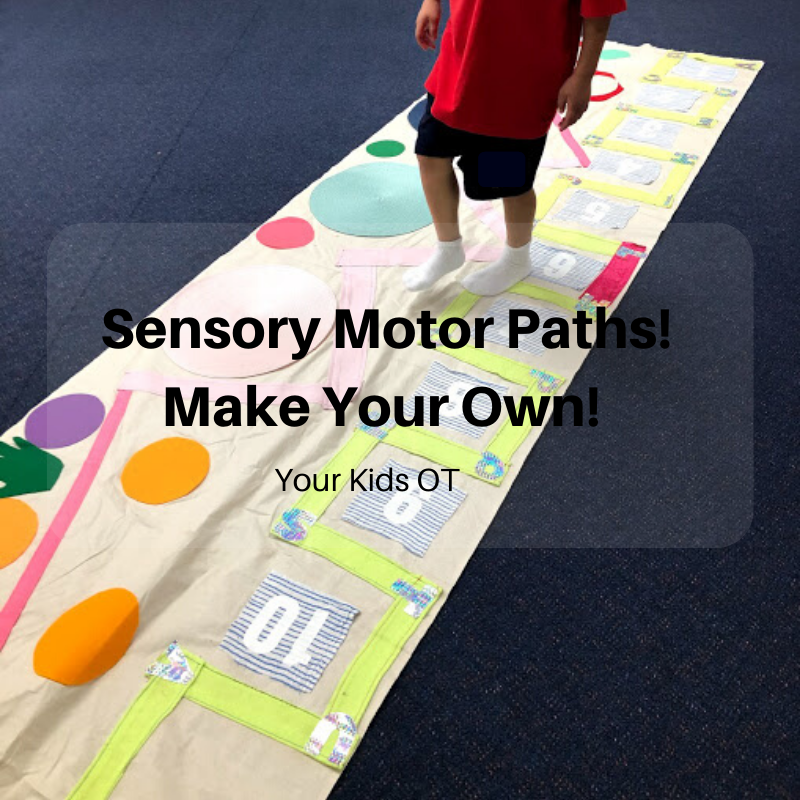
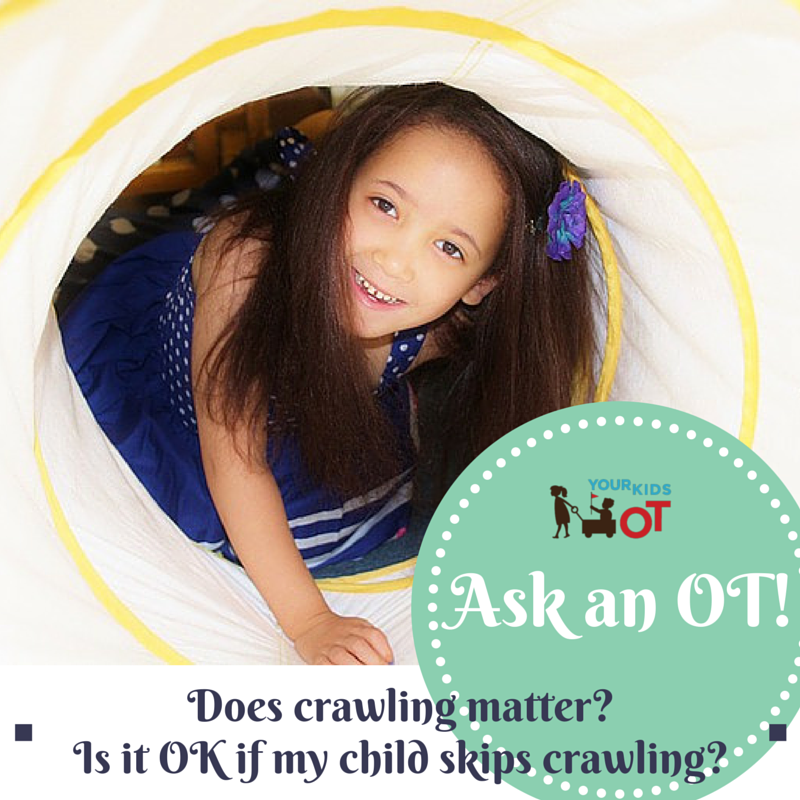
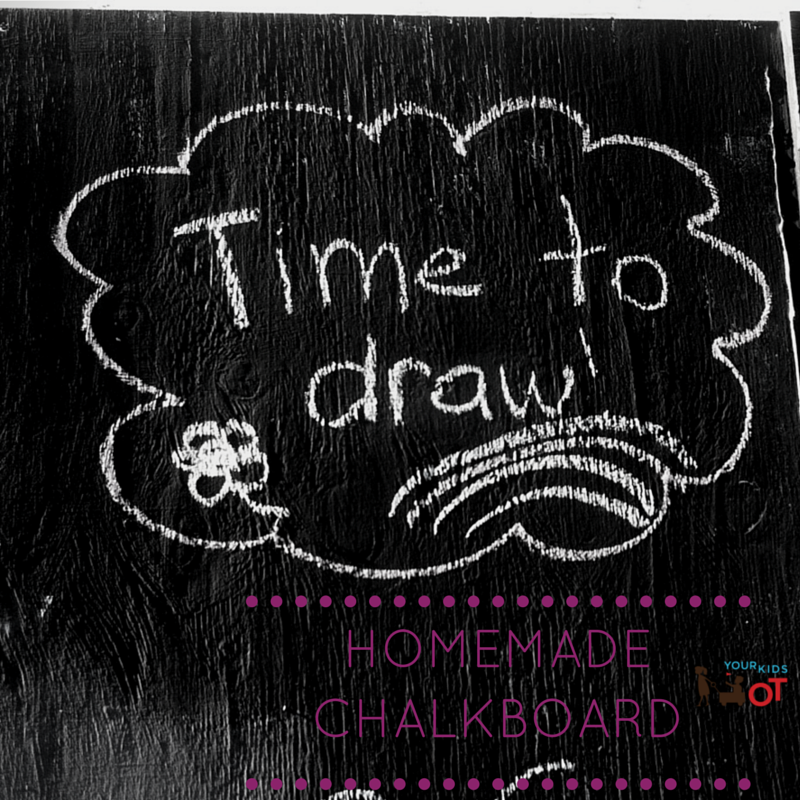
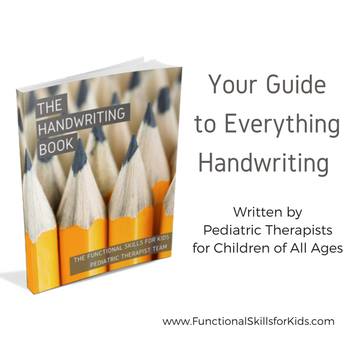
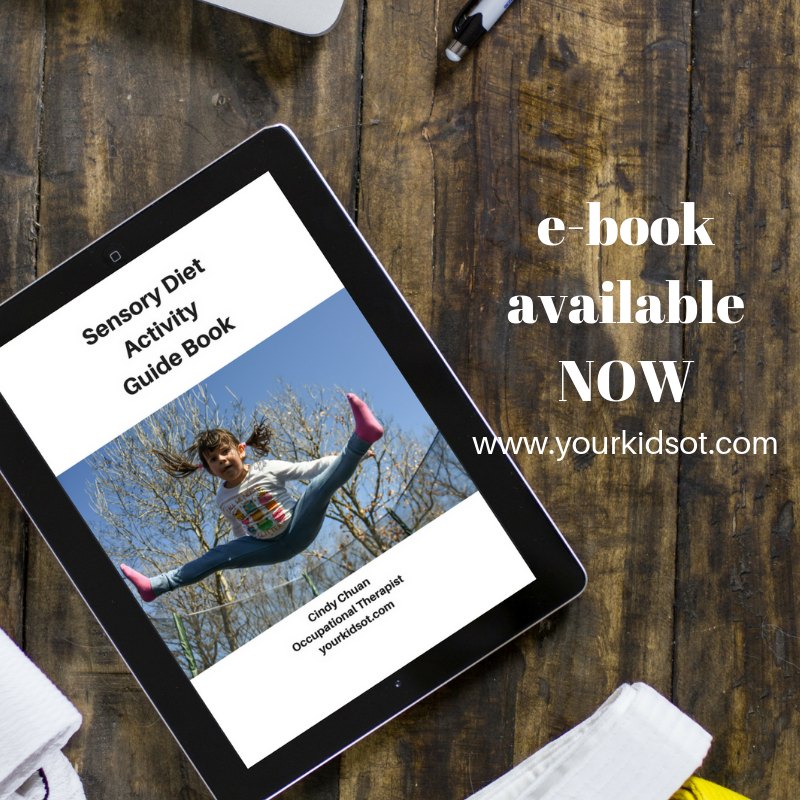
 RSS Feed
RSS Feed
